Graphic design for elementary schools took a leap forward in the digital age, aiming to captivate young minds with vibrant visuals and imaginative layouts. Once upon a time, design in educational settings was relatively straightforward, but now the ideas are as limitless as a child's imagination. The goal is to create engaging, colorful content that sparks curiosity and aids learning. While at first glance, graphic design for schools might seem purely functional, the truth is it's an exciting blend of creativity and education--and it's gaining traction rapidly. Elevate your educational experience with these graphic design strategies and transform your classroom into a visual wonderland.
Colorful illustrations
Graphic design for elementary schools relies heavily on colorful illustrations to capture the vibrant imagination of young learners. The use of bright, bold colors in these designs creates an inviting and engaging atmosphere that encourages students to interact with educational materials. Illustrators often incorporate whimsical characters and playful themes to maintain a sense of wonder, fostering both creativity and a love for learning. These visual elements are strategically placed to guide the eye and emphasize key points while seamlessly integrating educational content, ensuring that the material is both informative and aesthetically pleasing to its young audience.
Child-friendly fonts
Child-friendly fonts in graphic design for elementary school often prioritize legibility and playfulness to engage young students effectively. Fonts such as Comic Sans, Century Gothic, and Trebuchet MS are commonly favored due to their bold, round shapes and clear, straightforward letterforms, making reading easier for young children whose literacy skills are still developing. These fonts also infuse a sense of fun and informality into educational materials, aligning with the vibrant and imaginative world of elementary education, thereby captivating the students' attention and maintaining their interest. It's essential to maintain appropriate font size and spacing in order to prevent overcrowding on a page, as children are learning to navigate written content; thus, adequate white space aids in reducing visual tension and assists in focusing on the learning material at hand.
Educational infographics
Educational infographics for elementary schools serve as a vibrant, engaging tool that simplifies complex information, making it more accessible to young learners. By incorporating bright colors, whimsical fonts, and relatable imagery, these infographics captivate students' attention, transforming learning into an interactive experience. Infographics focus on presenting educational content such as alphabet recognition, basic math concepts, scientific cycles, or historical timelines in a visually appealing way, with icons and illustrations replacing lengthy text to enhance understanding. Teachers utilize them to reinforce classroom lessons, allowing students to absorb information more effectively and encouraging active participation in the learning process.
Interactive design elements
Graphic design for an elementary school with a focus on interactive design elements involves creating visually engaging and user-friendly interfaces that resonate with young learners. Utilizing bright colors and playful typography, designers can incorporate elements such as clickable icons, pop-up animations, and drag-and-drop functionalities to foster an enjoyable and effective learning experience. Interactive storyboards or gamified lessons can further captivate attention by turning educational content into immersive adventures, thus promoting active participation and comprehension. Tablet apps or smartboard activities can include intuitive navigation and feedback systems, ensuring that even the youngest users can easily understand and interact with the digital material, catering to various learning styles and enhancing educational outcomes.
Storybook layouts
Graphic design for elementary school storybook layouts involves the meticulous crafting of engaging, visually stimulating narratives that captivate young minds. Attention to bold, vibrant colors and playful typography is paramount, ensuring that the content is both accessible and entertaining for early readers. Incorporating whimsical illustrations that synchronize seamlessly with the storyline enhances comprehension and retains interest, allowing for a dynamic interaction between text and image. The design process demands a profound understanding of child psychology, exploiting elements like spatial arrangements, familiar patterns, and textured visuals to foster an inviting reading environment that nurtures creativity and imagination.
Kid-safe iconography
In designing graphics for an elementary school setting with a focus on kid-safe iconography, emphasis should be placed on vibrant colors and simple, clear shapes that are easily recognizable by young children. Icons should avoid complex details or abstract representations, favoring straightforward symbols like apples, books, or pencils that resonate with familiar objects in a child's daily life. It is crucial to ensure these icons are free from any elements that could be perceived as frightening or inappropriate, such as sharp objects or intense color contrasts that may be jarring. Additionally, establishing a cohesive theme across all iconography not only aids in creating a harmonious visual environment but also supports the cognitive development of pattern recognition and brand association in children, subtly enhancing the educational experience.
Playful typography
Playful typography for elementary schools involves the use of vibrant colors and lively typefaces that can capture the attention and imagination of young learners. Designers often select fonts that are rounded, bold, and quirky, enhancing readability while maintaining an element of fun and excitement. These fonts may incorporate elements from everyday objects or familiar shapes, subtly weaving learning experiences into the fabric of the design itself. Additionally, typographic layouts often play with different sizes, weights, and orientations within a single message, creating a dynamic and interactive visual experience that invites exploration and engagement from a young audience.
Engaging visual aids
In the vibrant world of elementary school education, engaging visual aids play a crucial role in capturing the curiosity and imagination of young learners. Utilizing a palette of bright colors and playful imagery, these aids serve to stimulate interest and improve retention by correlating complex subjects with simple, relatable symbols. For instance, incorporating whimsical characters or interactive elements like cut-outs and pop-ups in charts and diagrams can transform an ordinary lesson into an exciting adventure. Fonts are often bold and legible, ensuring information is easily digestible, while strategic placement of icons guides the eye smoothly across the content, fostering an environment where learning feels more like play than work, thereby enhancing both the educational experience and cognitive development.
Thematic educational posters
Thematic educational posters designed for elementary school settings must engage young minds while reinforcing curriculum concepts visually and interactively. Using bright, appealing colors and child-friendly fonts, these posters capture attention, promoting an environment of curiosity and learning. Elements like playful illustrations or relatable cartoon characters connected to the theme can visually encapsulate abstract ideas, making complex lessons more comprehensible and exciting for young learners. Moreover, incorporating interactive elements such as QR codes that link to additional educational materials or videos allows teachers to extend learning beyond the classroom walls, providing interactive engagement that fosters a deeper connection to the subject matter.
Vibrant classroom displays
Vibrant classroom displays for elementary schools involve using a palette of bright colors, dynamic shapes, and engaging visuals that capture the young students' attention. Immersing the walls with educational imagery--such as the alphabet, numbers, and subject-related graphics--helps reinforce learning through visual engagement. Incorporating textures and 3D elements can create an interactive experience, where students can physically engage with the displays, thus enhancing tactile learning. Strategically placed at student eye level, these displays encourage interaction and foster an exciting, inviting learning environment, thereby making classrooms stimulating spaces for education.







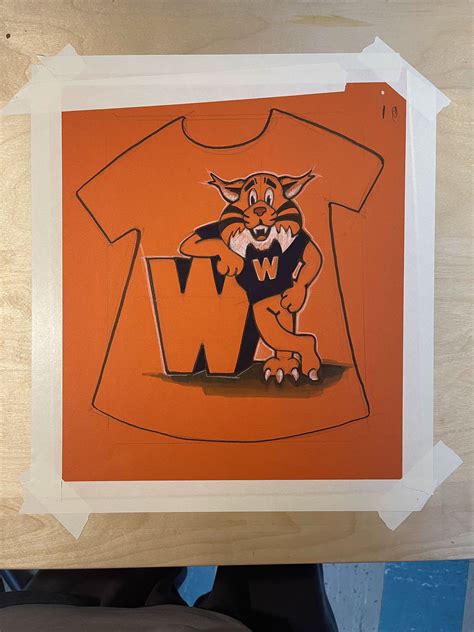
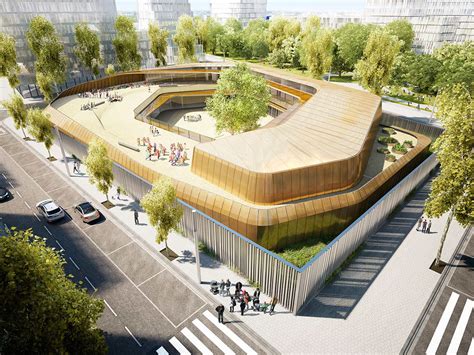
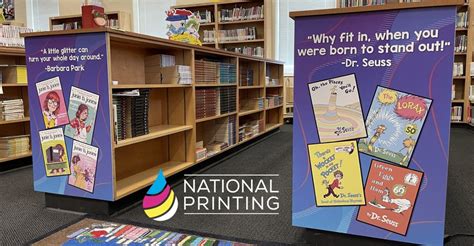
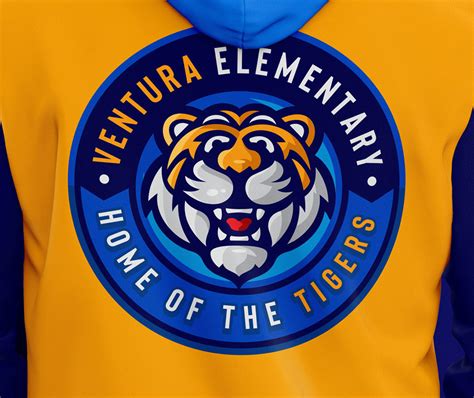
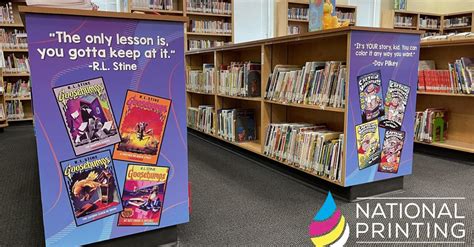
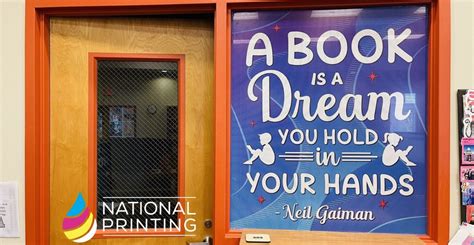
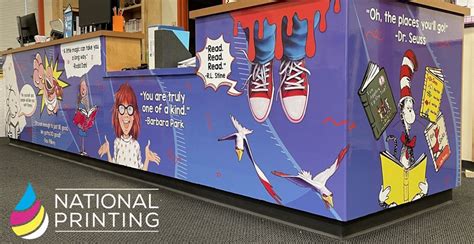
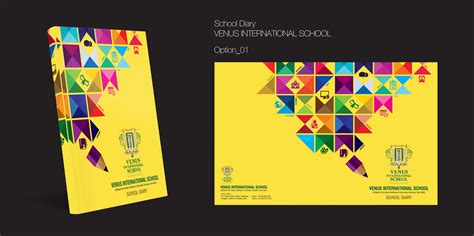

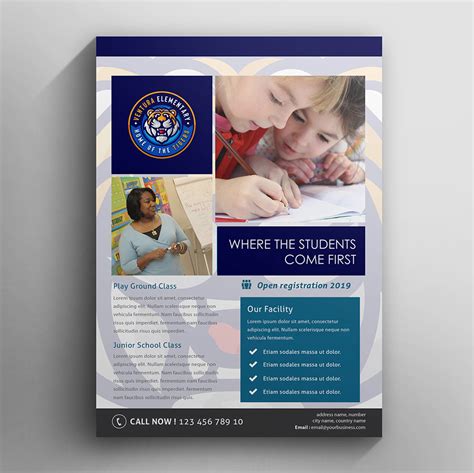

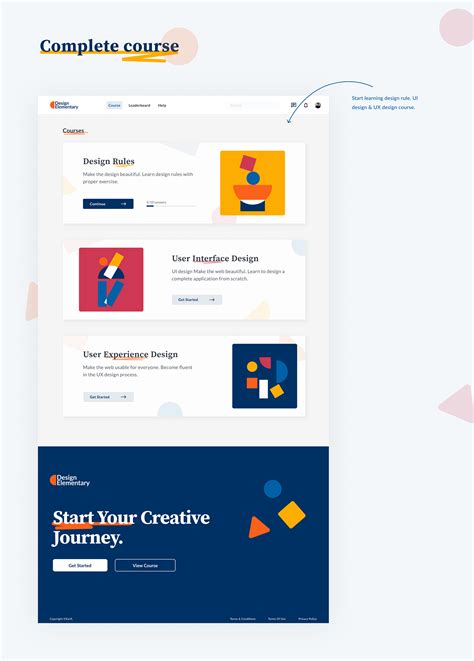


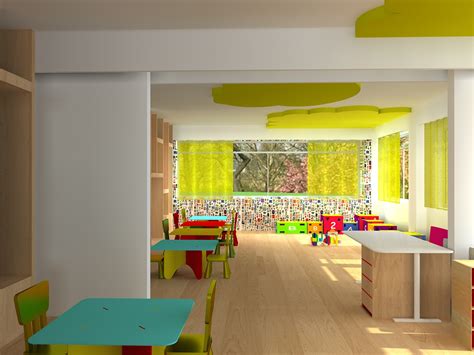

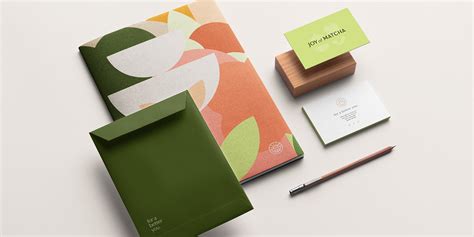
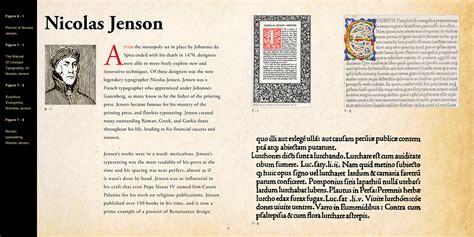
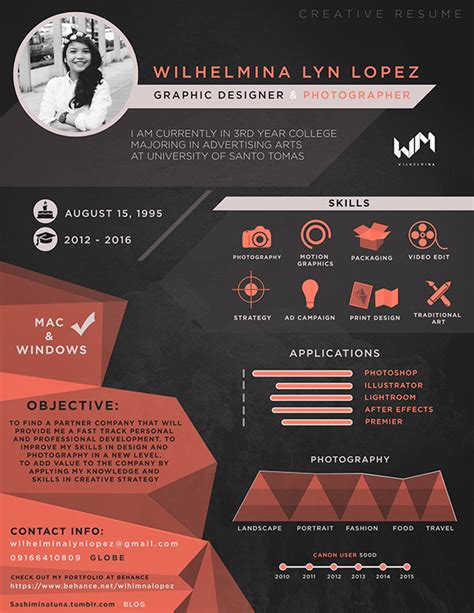
Leave a Reply
Your email address will not be published.